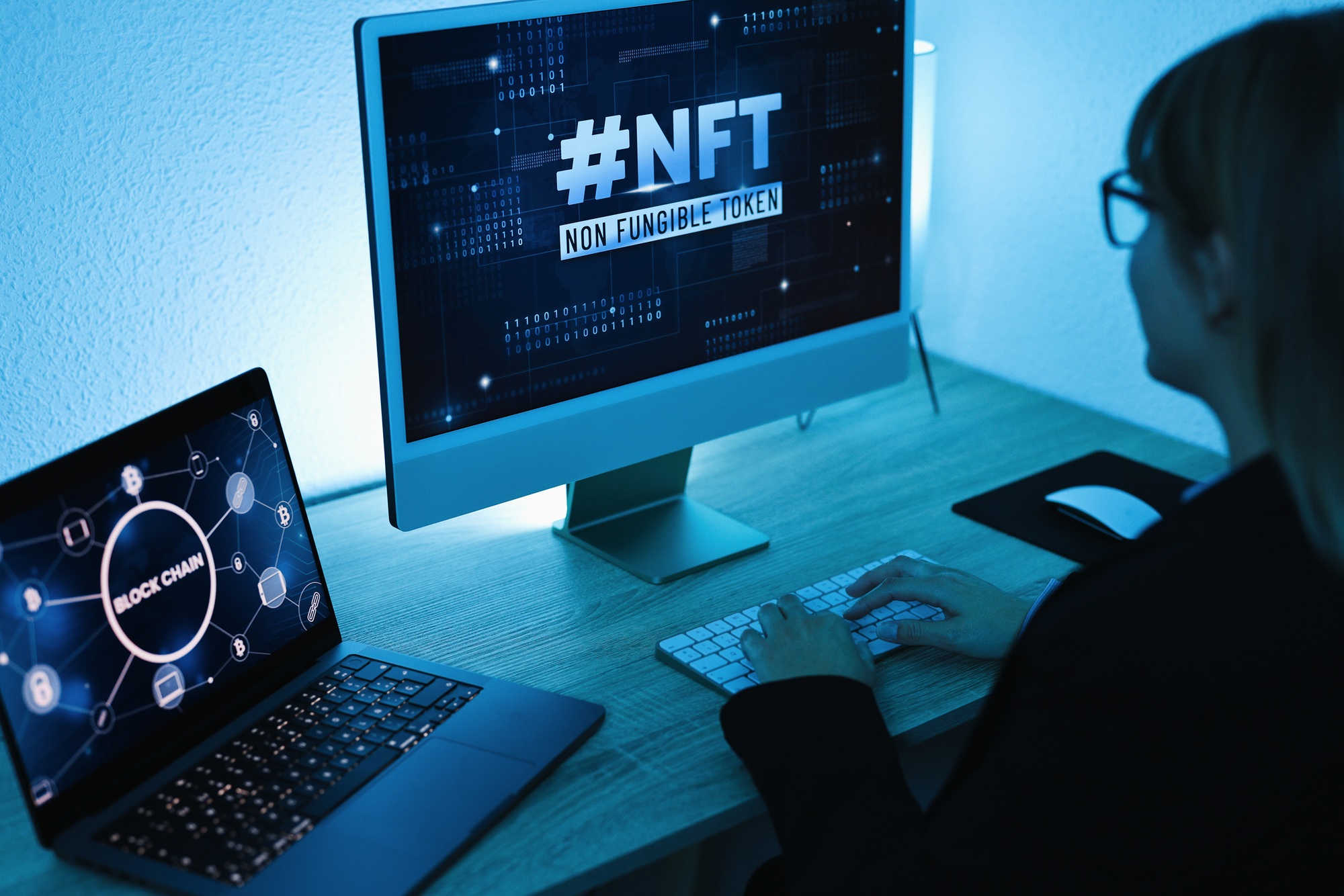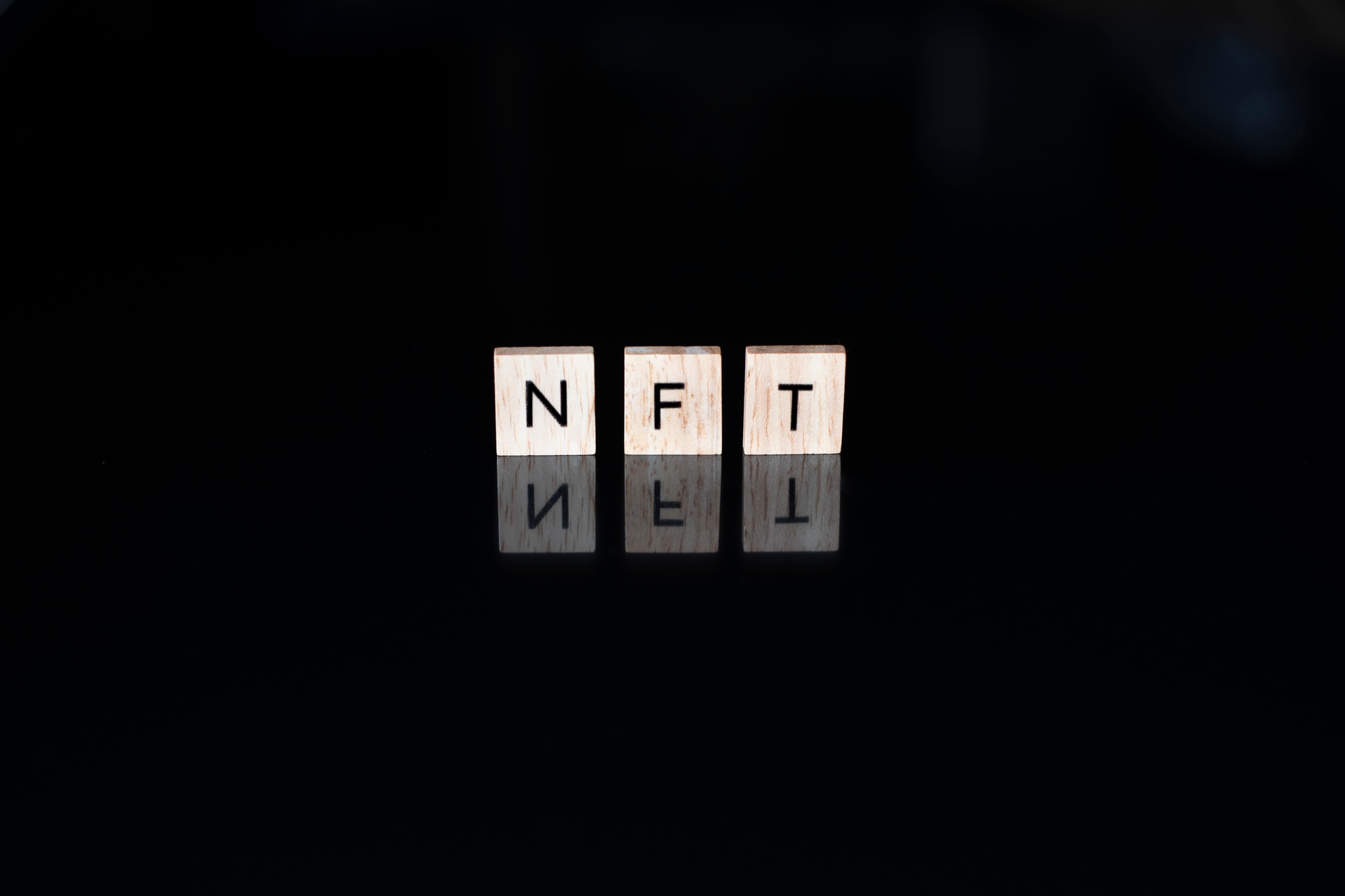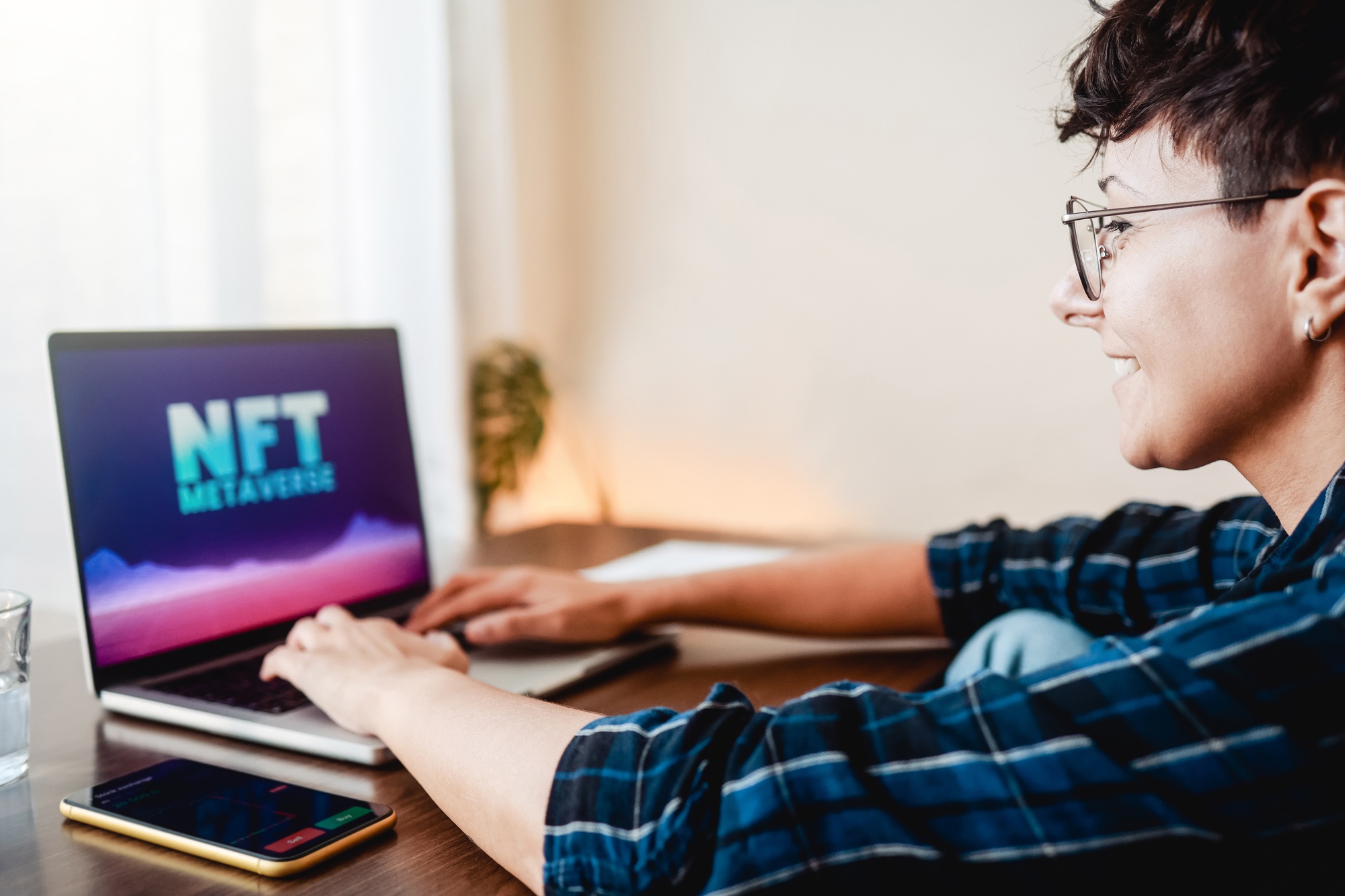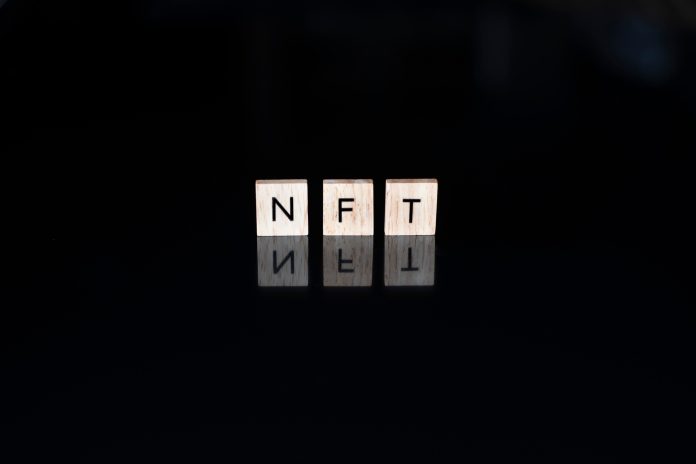Key Takeaways

- Understand NFTs: Non-fungible tokens serve as unique digital ownership certificates on the blockchain, differing from interchangeable cryptocurrencies. Knowing how they work is vital for success in the digital marketplace.
- Choose the Right Marketplace: Selecting an NFT marketplace that aligns with your target audience is crucial for visibility and successful transactions. Popular options include OpenSea, Magic Eden, and Rarible.
- Strategic Pricing: Research similar NFTs to set a competitive price that reflects your asset’s uniqueness and quality. Be prepared to adjust pricing based on market trends.
- Effective Marketing: Utilize social media and engage with NFT communities to promote your NFT. Regular updates and active participation can enhance visibility and attract potential buyers.
- Secure Transactions: Use reputable platforms for selling and ensure all transactions are verified on the blockchain. Implement security best practices for your digital wallet to safeguard your assets.
- Confirm Ownership Transfer: After a sale, follow the specific marketplace steps to initiate and confirm the transfer of NFT ownership, ensuring a smooth transaction process for both you and the buyer.
The world of NFTs has exploded in popularity, offering creators a unique way to monetize their digital art and assets. If you’ve got a piece you’re ready to sell, understanding the right steps can make all the difference in maximizing your profits. With the right approach, you can navigate the complexities of this digital marketplace and reach potential buyers effectively.
Selling an NFT isn’t just about listing it online; it involves strategic planning, marketing, and choosing the right platform. Whether you’re an artist, musician, or content creator, knowing how to showcase your work can attract the right audience. Let’s dive into the essential steps you need to take to sell your NFT successfully and make your mark in this vibrant digital landscape.
Understanding NFTs

NFTs, or non-fungible tokens, represent unique digital assets on a blockchain. Understanding NFTs is crucial for small businesses looking to leverage technology for monetization.
What Are NFTs?
NFTs serve as digital certificates of ownership for items like digital art, music, videos, and games. Each NFT has specific metadata, ensuring its uniqueness and authenticity. Unlike cryptocurrencies, which are interchangeable, NFTs are one-of-a-kind, making them appealing for creators and collectors alike.
How NFTs Work
NFTs operate on blockchain technology, most commonly on Ethereum, which maintains a secure ledger of transactions. When you create an NFT, you mint it on the blockchain, linking it to your digital asset. This process verifies ownership and facilitates transactions when someone buys or sells your NFT. Understanding this technology enables you to navigate the digital marketplace effectively and maximize your business’s potential.
Preparing to Sell an NFT

Preparing to sell an NFT involves several key steps to ensure a smooth process and maximize your success.
Choosing the Right NFT Marketplace
Select an NFT marketplace that aligns with your audience and the type of digital asset you’re selling. Marketplaces like OpenSea, Magic Eden, and Rarible cater to different niches, so research which platform attracts your target buyers. Ensure your chosen marketplace supports the blockchain your NFT is minted on, typically Ethereum, to facilitate seamless transactions. You can also consider user-friendly platforms that enhance the experience for both you and potential buyers, promoting smoother interactions.
Setting a Price for Your NFT
Price your NFT strategically to attract buyers yet reflect its value. Research similar NFTs to gauge market pricing; this helps you establish a reasonable starting point. You can consider factors like uniqueness, demand, and the technology behind your NFT. Setting a competitive price not only draws interest but also positions your digital asset within the marketplace effectively. If your NFT has a strong following or notable features, leverage that to justify higher pricing. Keep in mind that pricing may evolve, so remain flexible and adjust as needed based on market trends.
Creating Your NFT

Creating an NFT requires careful consideration of your digital asset and the minting process. Following these steps ensures you effectively prepare for entering the NFT marketplace.
Selecting Your Digital Asset
You need to select or create a unique digital asset for your NFT. This asset can be an image, video, song, or eBook. The originality of your creation impacts its value significantly in the marketplace. For a small business, consider how your digital asset reflects your brand and appeals to your target audience. High-quality content not only showcases your creativity but also establishes your credibility in the tech-driven digital environment.
Minting Your NFT
You must prepare your digital asset in the desired format for minting. Formats include JPG, MP4, or other applicable file types. You also need to choose the appropriate blockchain for minting. Ethereum remains the most popular option due to its advanced smart contract functionality, but alternatives like Binance Smart Chain, Flow, Tezos, and Solana are viable as well, often presenting lower transaction fees. Selecting the right blockchain can enhance your NFT’s visibility and transactional efficiency.
Marketing Your NFT

Effective marketing plays a crucial role in successfully selling your NFT. It involves using various channels and strategies to reach potential buyers, enhancing visibility, and building a strong presence in the NFT ecosystem.
Promoting on Social Media
Utilize social media platforms to showcase your NFT to a broader audience. Create engaging posts that highlight the uniqueness and value of your digital asset. Use platforms like Twitter, Instagram, and Facebook to share images, videos, and behind-the-scenes content related to your NFT creation. Leverage hashtags like #NFT, #digitalart, and #cryptoart to increase reach. Regularly update your followers on pricing, auction dates, and events, maintaining a consistent presence to keep your audience engaged.
Engaging with NFT Communities
Join and participate in NFT communities to connect with potential buyers. Platforms like Discord and Reddit host dedicated groups where collectors and creators discuss NFTs. Engage in conversations, share insights, and showcase your work. Offer insights on trends in the NFT market, share your experiences, and respect community guidelines to build credibility. Actively contributing to these communities fosters relationships, making it easier to promote your NFT effectively. Networking with fellow creators and collectors can lead to collaborations and increased visibility, ultimately enhancing your NFT’s market value.
Completing the Sale

Completing the sale of your NFT involves handling transactions securely and transferring ownership efficiently. These steps ensure a smooth experience for you and your buyers.
Handling Transactions Securely
Use reputable platforms and wallets for transactions. Secure methods maintain the integrity of your sale. Confirm that you receive payment, typically in cryptocurrency like Ethereum, before finalizing the sale. Always check the transaction status on the blockchain to verify confirmation. Using platforms like OpenSea or Rarible can offer built-in security features, providing peace of mind during the process.
Implement best practices for security, such as enabling two-factor authentication on your wallet. Regularly monitor your wallet for unauthorized activity. Small businesses benefit from embracing technology to keep their transactions transparent and secure.
Transferring Ownership
After confirming payment, initiate the transfer of ownership through the NFT marketplace. Typically, this involves clicking the “Transfer” option on the platform. Ensure you follow any specific steps required by the marketplace, as these may differ between platforms.
Buyer information is often required to complete the transfer. Ensure that you double-check the wallet address provided by the buyer to avoid mistakes. Once the transfer is successful, the ownership of the NFT is officially updated on the blockchain. This confirmation solidifies the transaction, ensuring the new owner has the rights to the digital asset.
Conclusion

Selling an NFT can be a rewarding venture when approached strategically. By understanding the nuances of the marketplace and leveraging effective marketing techniques, you can enhance your chances of success. Prioritize the uniqueness of your digital asset and ensure it resonates with your target audience.
Don’t underestimate the power of community engagement and social media presence. These elements can significantly boost your visibility and credibility in the NFT space. Finally, always prioritize secure transactions to protect both your interests and those of your buyers. With the right approach, you can turn your digital creations into profitable assets in this exciting market.
Frequently Asked Questions
What are NFTs?
NFTs, or non-fungible tokens, are unique digital assets verified on a blockchain. They serve as digital certificates of ownership for items like artwork, music, and videos. Unlike cryptocurrencies, each NFT is one-of-a-kind, making it ideal for artists and creators to monetize their work digitally.
How do I sell an NFT?
To sell an NFT, you should first choose a suitable marketplace like OpenSea or Rarible. Next, prepare your digital asset and mint it as an NFT. Set a strategic price based on your research, effectively market your NFT, and ensure secure transactions before transferring ownership upon sale.
What is the minting process for NFTs?
Minting an NFT involves creating a unique token linked to your digital asset on a blockchain. Prepare your asset in the correct format, select a blockchain (like Ethereum), and follow the platform’s instructions to create and store the NFT securely.
How can I effectively market my NFTs?
To market your NFTs, use social media platforms like Twitter and Instagram to showcase your assets. Create engaging content that highlights their uniqueness. Joining NFT communities on Discord and Reddit can also help connect with potential buyers and build credibility.
Why is choosing the right NFT marketplace important?
Selecting the right NFT marketplace is crucial because it aligns your digital asset with the appropriate audience. Different platforms cater to various niches, and choosing one that fits your asset type increases your chances of attracting buyers and achieving sales success.
What strategies should I use to price my NFT?
When pricing your NFT, research similar NFTs to gauge market demand and trends. Set a competitive price that reflects your asset’s uniqueness and potential value. Consider the platform’s fees and transaction costs to ensure your profit margins remain attractive.
How do I ensure secure transactions when selling NFTs?
To secure transactions while selling NFTs, use reputable platforms and wallets. Confirm payment before transferring ownership and check transaction status on the blockchain. Implement security measures like two-factor authentication to protect your assets and personal information.
What blockchains can I use to mint NFTs?
The most popular blockchain for minting NFTs is Ethereum, known for its robust smart contracts. However, alternatives like Binance Smart Chain, Flow, Tezos, and Solana offer lower fees and unique advantages, so consider your needs and audience before choosing a platform.
Image Via Envato: sergign, vanenunes, RLTheis, Sumetho, DisobeyArtPh, AmnajKhetsamtip, setofotografias, seventyfourimages



